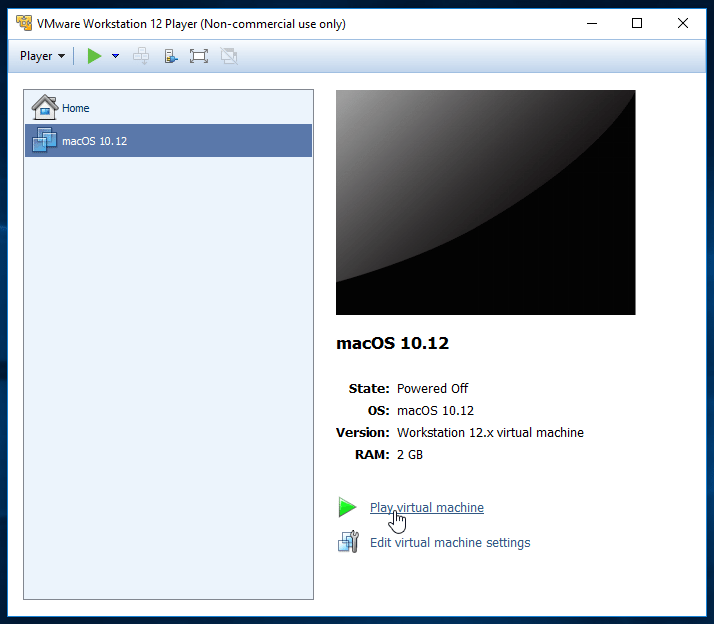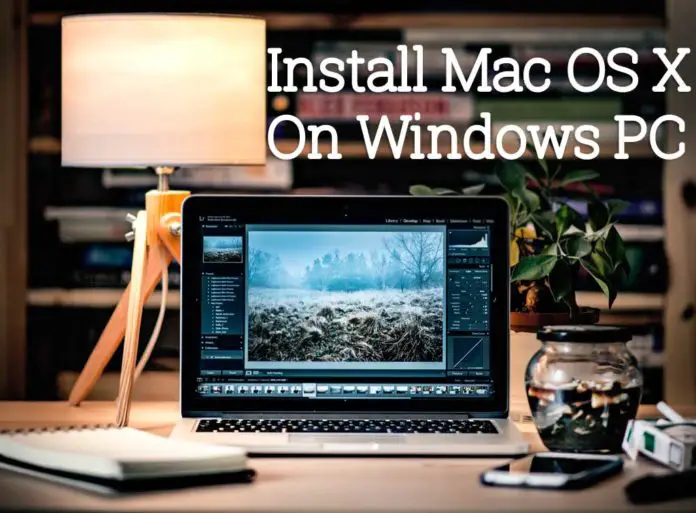

One of the most popular ways to run Windows applications in Mac X today is Wine. In the age of free and open source, consumers and developers found ways to run Windows-based programs inside the Mac X Unix based Kernel. Ok, So Virtualization is my Only Option on Mac, Right? Wrong! Bottom line, virtualization costs money when it shouldn’t anymore. Sometimes in order to receive support, you must pay monthly or annually. In addition, you may need several Windows components to be installed in order to run a single piece of software in your virtualized environment (.Net, Flash, Java, etc).

Virtualization software requires updates to keep up with compatibility of the host Operating Systems. In order to install Windows, you are required to purchase and install a valid Windows license key. Virtual Box developed by Oracle, is completely free and offers the same, if not more, options than Parallels Desktop. Apple released their own free method called Boot Camp to install Windows on a separate hard drive or partition. Open Source support is often highly acclaimed because of the large audience and loyalty base. Today, open-source can be just as good (if not better) than paid products. It wasn’t until free virtualization software started to release that consumers flocked to open source (free software). Parallels continues to build a reliable product, for a price.Īround the same time, several competitors began releasing virtualization software. Parallels offered improved performance of Windows virtualization overall. Parallels is a virtualization technology, requiring its own system resources (processor, memory, video ram) for the application before allocating resources to the actual virtual machine. In 2006, Parallels Desktop for Mac software released using hypervisor technology that works by mapping the host computer’s hardware resources directly to the virtual machine’s resources.


Intel Mac’s allowed optimized virtualization by taking advantage of Intel Core technology. Additionally, Virtual PC did not support all Windows features, including some Windows-based graphic features and driver support. Unfortunately, Virtual PC required a lot of system resources to perform adequately at best. Virtual PC software allowed you to launch your own copy of Microsoft Windows in a separate window while you worked in your Mac desktop. Back in the 90’s when Mac OS was an infant, Connectix offered Windows Virtualization using Virtual PC. We live in the decade where Mac & Windows get along with each other – exceptionally well.


 0 kommentar(er)
0 kommentar(er)
